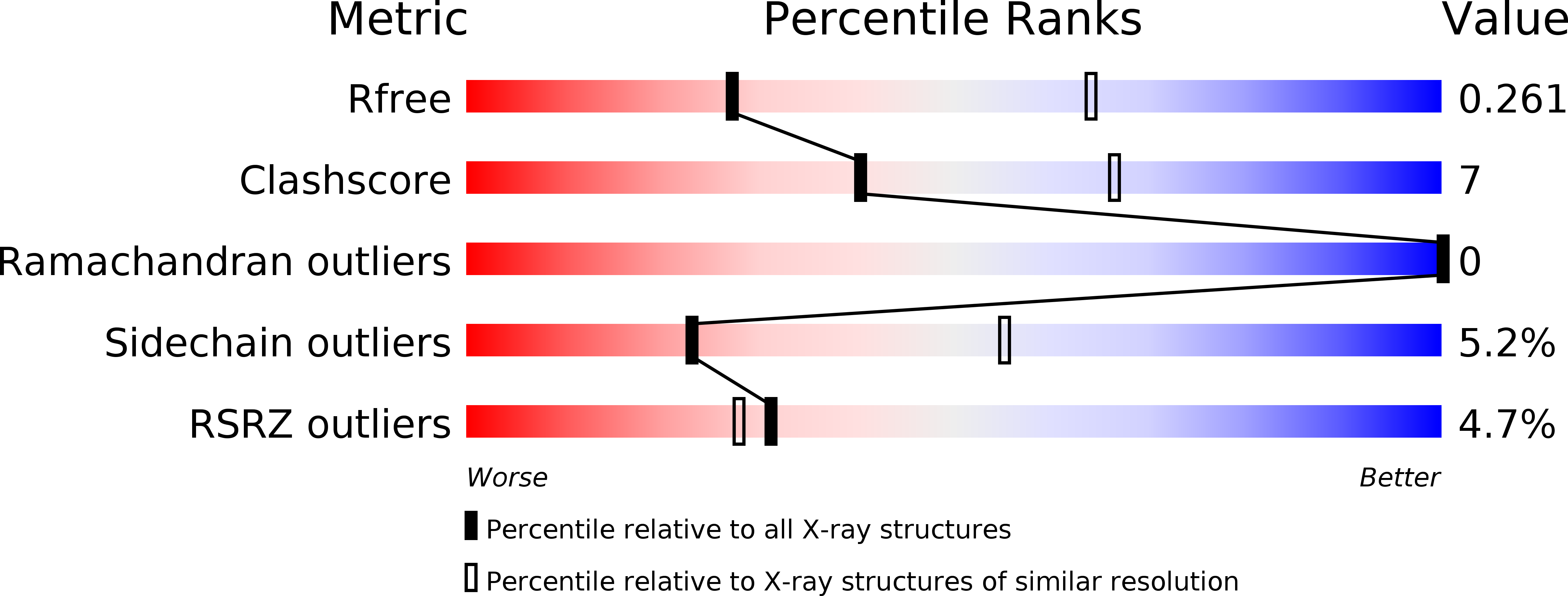
Deposition Date
2013-03-12
Release Date
2013-05-08
Last Version Date
2024-11-06
Entry Detail
PDB ID:
4BEY
Keywords:
Title:
Night blindness causing G90D rhodopsin in complex with GaCT2 peptide
Biological Source:
Source Organism:
Bos taurus (Taxon ID: 9913)
Host Organism:
Method Details:
Experimental Method:
Resolution:
2.90 Å
R-Value Free:
0.25
R-Value Work:
0.23
R-Value Observed:
0.23
Space Group:
H 3 2


